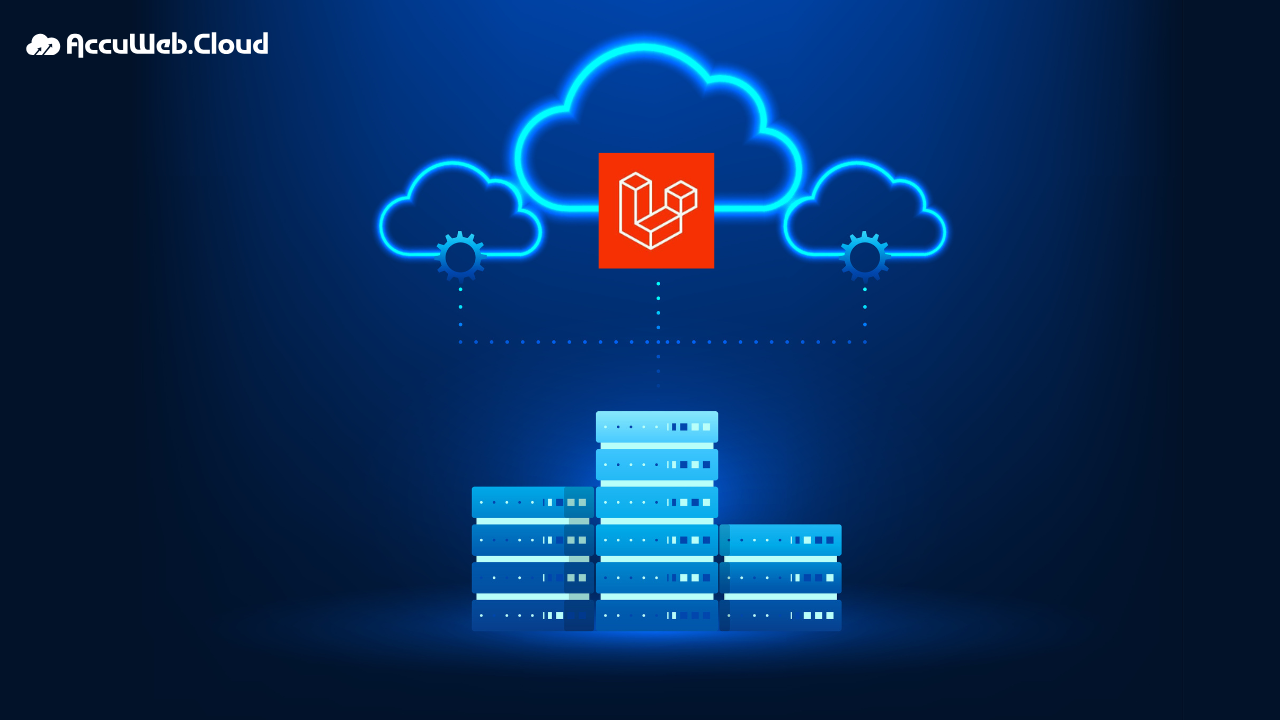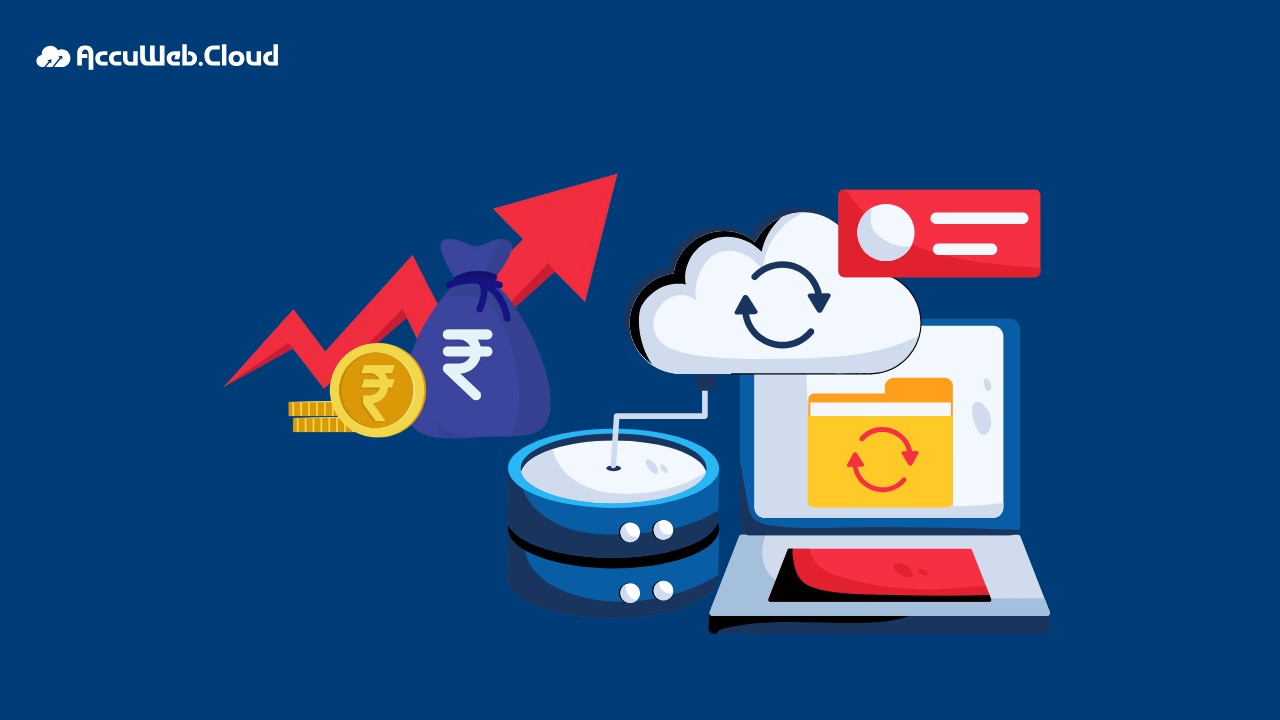Build High-Performance SaaS with Laravel: Stop Struggling, Start Creating
TL;DR
- Laravel’s expressive MVC framework speeds up SaaS development with structured patterns and reusable components.
- Use caching (Redis, in-memory stores) to reduce database load and improve response times.
- Implement queues and background jobs (e.g., Sidekiq, Horizon) to offload heavy tasks and maintain fast user interactions.
- Adopt multitenant architecture to serve multiple customers securely and efficiently.
- Optimize database queries with eager loading, indexing, and query batching for scalable performance.
- Leverage horizontal scaling, microservices, and containerization to handle traffic spikes and distributed workloads.
1. Understanding SaaS
The Software-as-a-Service (SaaS) market is thriving, offering a multitude of innovative applications that reshape how businesses operate and individuals connect. However, for aspiring entrepreneurs, the prospect of building a robust and scalable SaaS application can be daunting. Complex development processes, security concerns, and the sheer volume of coding required can often hinder the path to innovation.
2. Demystifying Laravel.
It is a free, open-source PHP framework that empowers you to streamline development, enforce clean code practices, and leverage built-in security features – all while allowing you to focus on crafting a user-centric experience. With Laravel by your side, you can transform your brilliant SaaS idea into a reality, efficiently building high-performance applications that can handle even the most demanding user bases.
3. Unveiling Laravel’s Strengths for SaaS Development.
Leverage Laravel’s Modular Approach
Laravel itself doesn’t enforce a specific modular approach, but it excels at working with one. The default structure separates things by functionality (models, controllers, views) but as applications grow, managing everything in a single location becomes cumbersome.
A modular approach in Laravel involves splitting the application into self-contained modules. Each module groups related functionalities like a blog or e-commerce system, with its controllers, models, views, configurations, and potential migrations and seeder files.
There are popular Laravel packages like “nwidart/laravel-modules” that help implement a modular structure. These packages provide features like creating new modules, managing configurations, and registering namespaces.
Overall, the modular approach promotes cleaner code, easier maintenance, and better organization for complex Laravel applications.
Supercharge Customization with Laravel
Laravel’s flexibility extends to integrating third-party tools and libraries, including those requiring Ioncube Support (Encode – Decode). This ensures seamless handling of encrypted files, critical for applications prioritizing data protection and proprietary logic.
Here are some examples of how developers can be empowered to create highly tailored applications efficiently by using Laravel’s flexibility in customizations.
- Service Providers: You want to implement a custom authentication system using a different provider than Laravel’s default. You can create a custom service provider that registers your custom authentication logic, overriding the default behavior. This allows you to tailor the login process, user roles, and permissions to your specific application requirements.
- Blade Templating Power: Imagine you have a complex navigation menu that needs to adapt based on user roles or dynamic data. Blade templates allow you to create reusable components for the menu structure, and use Blade directives to conditionally display menu options based on user permissions retrieved from the database. This keeps your navigation logic clean and flexible.
- Event System for Adaptability: For instance, consider an e-commerce application. You might want to send a custom welcome email whenever a new user registers. Laravel’s event system allows you to listen to the “user.registered” event and inject your custom logic to send the welcome email using a preferred service. This approach decouples email sending from the user registration process, making it adaptable and easier to modify.
Don’t Reinvent the Wheel: Do More, Faster with Pre-Built Tools in Laravel
Building a feature-rich SaaS application can be time-consuming. Here’s where Laravel’s vibrant community shines. The framework boasts a vast ecosystem of packages and extensions, offering readily available solutions for various functionalities. Whether you need user authentication tools, payment processing gateways, or robust email-sending capabilities, chances are there’s a Laravel package that can streamline development and save you precious time.
MVC Architecture
The Model-View-Controller (MVC) architecture, a cornerstone of Laravel, promotes code separation and maintainability. This ensures your application is well-organized, easier to understand for future modifications, and adaptable to evolving requirements.
Stop Rewriting, Start Maintaining: Effective Code Maintenance Strategies
Object-Oriented Design: Object-oriented programming principles are embedded into the framework, allowing you to create reusable and well-structured code that scales effortlessly as your SaaS application grows in complexity and user base.
Eloquent: Your Database Ally
Interacting with databases is fundamental for any SaaS application. Laravel’s Object-Relational Mapper (ORM), aptly named Eloquent, simplifies this process. Eloquent utilizes an expressive syntax that mirrors natural language, allowing you to interact with databases without writing complex SQL queries. This not only saves you development time but also reduces the risk of errors.
Security from the Start: Built-in Peace of Mind
Security is paramount for any SaaS application. Fortunately, Laravel prioritizes security out of the box. Features like CSRF protection, input validation, and secure password hashing safeguard your application from common vulnerabilities. This allows you to focus on building innovative features without compromising user data or application integrity.
4. Is Laravel the Right Choice for Your SaaS Idea? Explore Real-World Examples.
The benefits of using Laravel extend far beyond the initial development process. Here’s how Laravel empowers you throughout the application’s lifecycle:
- Rapid Prototyping: Laravel’s Artisan CLI tool and pre-built components accelerate the creation of prototypes, enabling you to validate your SaaS idea and gather user feedback efficiently. This allows for early course correction and ensures you’re building something users truly need.
- Effortless Scalability: As your application gains traction, Laravel’s inherent scalability ensures it can handle increased traffic and data demands without compromising performance. This future-proofs your application and allows you to focus on growth without worrying about infrastructure limitations at the application level.
- Robust Testing and Debugging: Laravel’s built-in unit testing and debugging tools make it easier to write clean code, identify and fix errors quickly, and ensure the long-term stability of your application. This translates to a more reliable and user-friendly experience for your customers.
Real-World Examples
5. Common Challenges and How to Overcome Them.
While Laravel offers a multitude of advantages, there can be challenges during development. Here are some common hurdles and how to address them:
- Security Management: Staying up-to-date with the latest Laravel security patches and best practices is crucial. Regularly consult the Laravel documentation and community forums to ensure your application remains secure.
- Complex Data Models: Managing complex data models and ensuring efficient database interactions can require careful planning and optimization. Leverage Laravel’s features like migrations and Eloquent relationships to design efficient data structures and optimize queries. Additionally, the Laravel community can provide valuable insights and solutions for complex data management scenarios.
6. Don’t Let Hosting Headaches Slow You Down: Choosing the Right Solution for Your Laravel SaaS.
The choice of hosting solution for SaaS products is crucial for their long-term success, as it impacts sustained revenues and market share growth. It’s important to carefully select the hosting solution that powers your product, with cloud hosting emerging as the most optimal choice due to its cost-effectiveness, features, and pricing. Other options such as shared hosting (limited features) or dedicated hosting (expensive) may fall short in various aspects compared to cloud hosting.
Shared hosting limitation
Shared hosting can be a budget-friendly option, but there are several drawbacks to consider when using it for Laravel applications
Performance: Shared hosting crams multiple websites onto a single server. If one site experiences a surge in traffic, it can slow down all the other sites sharing the server’s resources. This inconsistency can be frustrating for your Laravel application’s users.
Security: Since shared hosting involves multiple sites, a security vulnerability in one site can potentially expose others on the server. This is a major concern for Laravel applications that might handle sensitive user data.
Limited Control: Shared hosting providers often restrict access to server configurations and features like SSH terminals. This lack of control makes it difficult to fine-tune your Laravel application’s environment for optimal performance.
Scalability: Shared hosting plans typically come with limited resources like disk space and bandwidth. As your Laravel application grows and attracts more users, you’ll quickly outgrow a shared hosting plan. Upgrading can be disruptive and may not offer the level of control you need.
Other Limitations: Shared hosting providers may not offer features crucial for Laravel applications, such as support for specific PHP versions, Composer, or Cron Jobs.
Managed hosting limitation
Cost: Managed hosting typically comes at a higher price point compared to shared hosting. This is because you’re paying for the expertise and additional services provided by the hosting provider.
Vendor Lock-in: Managed hosting providers often have their own custom configurations and tools. This can make it difficult to switch providers if you become unhappy with the service.
Limited Control: While managed hosting offers more control than shared hosting, you might still not have complete root access to the server environment. This can limit your ability to make very specific customizations.
Potential for Overage Charges: Some managed hosting plans may have limitations on resource usage (CPU, memory, bandwidth). Exceeding these limits can result in overage charges.
How cloud hosting helps to overcome these limitations
Scalability on Demand: Cloud hosting offers elastic resources. You can easily scale your server resources (CPU, memory, storage) up or down based on your application’s traffic needs. This eliminates the limitations of fixed resource allocation in traditional hosting and ensures smooth performance even during traffic spikes.
Enhanced Performance: Cloud providers distribute your application across a network of servers. This redundancy minimizes the impact of a single server overload, resulting in a consistent and reliable performance for your Laravel application.
Improved Security: Cloud providers invest heavily in robust security measures. They offer features like firewalls, intrusion detection, and data encryption to safeguard your Laravel application and user data from security threats.
Automatic Server Management: Cloud hosting takes care of server maintenance tasks like software updates, patching, and backups. This frees you from manual administration, allowing you to focus on application development.
Cost-Effectiveness: Cloud hosting offers a pay-as-you-go model. You only pay for the resources you use, making it a cost-efficient option compared to fixed-cost traditional hosting plans.
Laravel-Friendly Features: Many cloud providers offer pre-configured environments optimized for Laravel. These include support for specific PHP versions, Composer, caching tools, and deployment pipelines, streamlining your development process.
7. Conclusion
By harnessing the power of Laravel, you can overcome the complexities of building a high-performance SaaS application. The framework empowers you to focus on innovation, user experience, and building a secure, scalable, and maintainable codebase. With Laravel as your development partner, you can bring your SaaS vision to life efficiently and effectively, transforming your innovative idea into a game-changing application.

Jilesh Patadiya, the visionary Founder and Chief Technology Officer (CTO) behind AccuWeb.Cloud. Founder & CTO at AccuWebHosting.com. He shares his web hosting insights on the AccuWeb.Cloud blog. He mostly writes on the latest web hosting trends, WordPress, storage technologies, and Windows and Linux hosting platforms.











